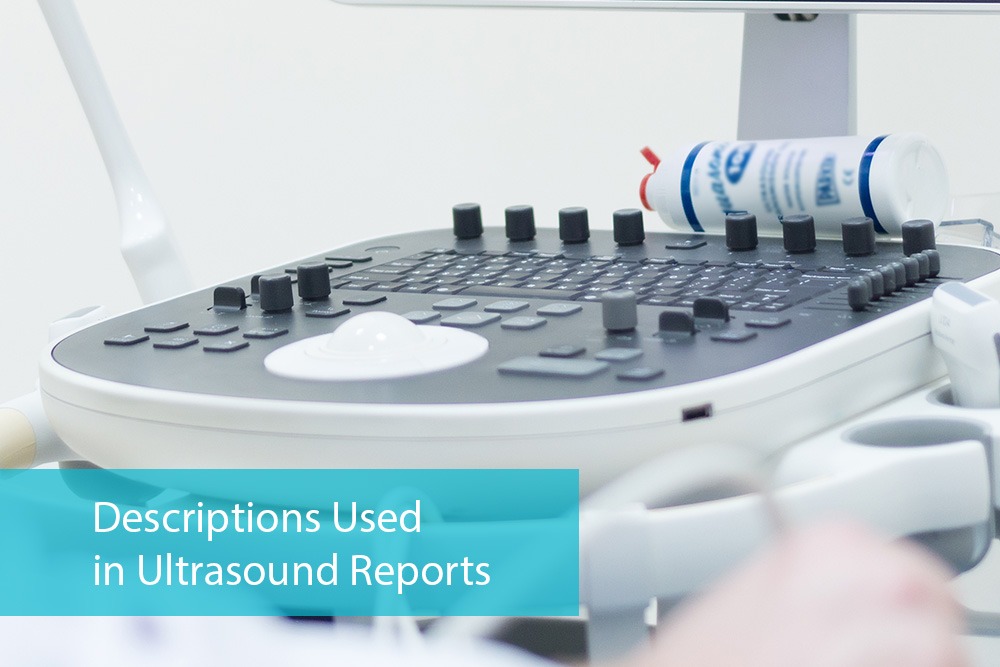
When you are informed that your ultrasound results are abnormal, it is natural to feel a mix of confusion, worry, and uncertainty about what this means for your health. Ultrasounds are non-invasive, widely used diagnostic tools that provide valuable information about the body’s internal structures and organs. An abnormal result can indicate various conditions, from benign and easily treatable issues to more severe concerns. However, an abnormal ultrasound is not a definitive diagnosis of a serious health problem but rather a signal for further investigation. Here is an extensive guide on what you can expect and how to navigate the path ahead after receiving an abnormal ultrasound result.
Decoding ‘Abnormal’: What It Really Means for You
Firstly, it is crucial to clarify what ‘abnormal’ means in the context of your ultrasound. ‘Abnormal’ can refer to a wide range of conditions, some benign and others more serious. Request a detailed explanation from your healthcare provider about what was observed in the ultrasound and what it may indicate. Many people automatically assume the worst upon hearing their results are abnormal, but many conditions can be managed or treated effectively. Stay calm and gather as much information as you can.
Types of Abnormal Results and Their Descriptions
Often, an abnormal ultrasound will lead to further testing to confirm a diagnosis. Sometimes, a repeat ultrasound is all that is needed. This can ensure that the initial findings are accurate and assess any changes over time. Blood work might be ordered to look for markers of disease, infection, or other conditions that might explain the ultrasound findings. Depending on the area of concern, you might need a more detailed imaging test, such as an MRI or CT scan, which can provide more information than a standard ultrasound. If a lump or abnormality is found, a biopsy might be necessary to determine if it is benign or malignant.
When you receive an abnormal ultrasound result, it is crucial to have a detailed understanding of what this might entail. Here is an expanded look into the types of results you might encounter, how they are described, and what they could indicate.
Types of Abnormal Results
Structural Abnormalities: These are physical changes or anomalies in the body’s organs or tissues. For example, a pregnancy ultrasound might include issues with the baby’s development, while for other body parts, it might show cysts, tumors, or growths.
Functional Abnormalities: Sometimes, the structure looks normal, but the function is off. For instance, in a cardiac ultrasound, the heart may be structurally sound, but it might not be pumping blood effectively.
Developmental Anomalies: Particularly relevant in prenatal ultrasounds, these are issues that arise with how an organ or body part is developing. They can range from minor issues that might correct themselves to more servere developmental conditions.
Descriptions Used in Ultrasound Reports
Hypoechoic and Hyperechoic: These terms refer to the appearance of a structure on the ultrasound. Hypoechoic structures are less dense and appear darker, whereas hyperechoic structures are denser and appear brighter. Tumors, for example, might appear hypoechoic compared to surrounding tissue.
Complex or Simple: These terms often describe cysts or masses. A “simple” cyst is typically filled with fluid and has a uniform appearance, while a “complex” cyst has both solid and fluid components or irregularities, which might require further investigation.
Size and Location Descriptions: Reports will often detail an abnormality’s exact size and location. For instance, “a 2 cm hypoechoic mass located in the upper pole of the right kidney.”
Doppler Flow: Some ultrasounds include a Doppler study examining blood flow. The presence, absence, or abnormality of blood flow in a particular area can be crucial, especially in assessing tumors or vascular diseases.
Understanding the Implications
Benign vs. Malignant: Not all abnormalities are cause for immediate concern. Many are benign, meaning they are not cancerous and may not require treatment. However, some findings can indicate a potential for malignancy, necessitating further testing and a different treatment approach.
Severity: Some abnormalities are minor and may just need to be monitored over time, while others are more serious and require immediate intervention. The ultrasound report, coupled with other tests and your medical history, will help determine the severity.
Potential for Error: It is also essential to understand that no diagnostic test is 100% accurate. Sometimes, what appears to be an abnormality might be a normal variation or an artifact. If there’s any doubt, your doctor might recommend a repeat ultrasound or additional tests for confirmation.
Next Steps
Once you have discussed the specific findings with your healthcare provider, they will outline the next steps. This might include additional imaging tests, biopsies, or consultations with specialists. They will also consider other factors, such as your overall health, symptoms, and personal and family medical history, when deciding on the best course of action.
Understanding your ultrasound results is the first step in making informed decisions about your health. While it might be overwhelming at first, remember that medical professionals are there to guide you through interpreting these results and planning any necessary follow-up care. It is always a good idea to ask for a copy of your report for your records and so you can research and prepare questions for your healthcare provider. Remember, being an informed and active participant in your healthcare can make a significant difference in your overall well-being and peace of mind.
Further Testing: From Repeat Ultrasounds to Biopsies
The next steps often depend on the part of the body that was imaged and what the suspected issue is. An abnormal result in a pregnancy ultrasound could lead to further prenatal testing, genetic counseling, or specialized care to ensure the health of the baby and mother. Abnormalities in the liver might suggest liver diseases, such as cirrhosis or hepatitis, and lead to additional liver function tests. Kidney stones, cysts, or kidney disease might be suspected for kidney issues, leading to urine tests and possibly a treatment plan for the underlying condition. If your heart was the focus, abnormalities could indicate issues like valve problems or heart disease, requiring an echocardiogram or other cardiac tests.
Coping with Anxiety: Emotional Support and Counseling
It is normal to feel a range of emotions after an abnormal result. Allow yourself time to process the information. Talk to friends, family, or a professional counselor for support. Support groups, whether in-person or online, can also be beneficial. Learn as much as you can about the potential condition. Having information can make you feel more in control and prepared to make decisions about your healthcare.
Preparing for Appointments: Questions and Support Systems
When preparing for follow-up appointments, write down any questions or concerns you have to ensure you do not forget to ask them during your appointment. Having someone else there can provide emotional support and help you remember the information provided by your healthcare provider. If a diagnosis is confirmed, discuss all possible treatment options, including any risks, benefits, and the likely prognosis.
Lifestyle Adjustments and Health Management
In some cases, lifestyle changes can help manage or improve the condition identified in an abnormal ultrasound. Conditions, particularly those related to the liver or kidneys, dietary changes, and exercise might be recommended. You might be prescribed medication to manage the condition, alleviate symptoms, or prevent progression. Regular check-ups and monitoring might become part of your routine to keep an eye on the condition.
Understanding Insurance and Costs
Understanding your insurance coverage regarding diagnostic tests, treatments, and procedures is crucial. If you are uninsured, look into programs or facilities that offer financial assistance. Depending on your diagnosis and treatment plan, you might need to budget for medications, follow-up appointments, and other related costs.
Managing Stress and Anxiety: Techniques and Strategies
Focus on what you can control, such as following your doctor’s recommendations and taking care of your health. Techniques like meditation, deep breathing, or yoga can help manage anxiety and stress. While it is good to be informed, constantly reading about potential diseases and worst-case scenarios can be overwhelming. Find a balance that keeps you informed but not anxious.
The Importance of a Second Opinion and Being an Informed Patient
Do not hesitate to seek a second opinion if you are unsure about the diagnosis or recommended treatment. Ask questions, research your condition, and be involved in making decisions about your treatment. In some cases, you might want to consider preparing advance directives, such as a living will or healthcare power of attorney.
An abnormal ultrasound can be the start of a challenging journey, but it’s also an opportunity to take charge of your health. With the right information, support, and care, you can navigate the next steps with confidence and clarity. Remember, an abnormal result is not a definitive diagnosis but a call to further action. Stay proactive, ask questions, and involve yourself fully in the path ahead. Your health and peace of mind are worth it.








